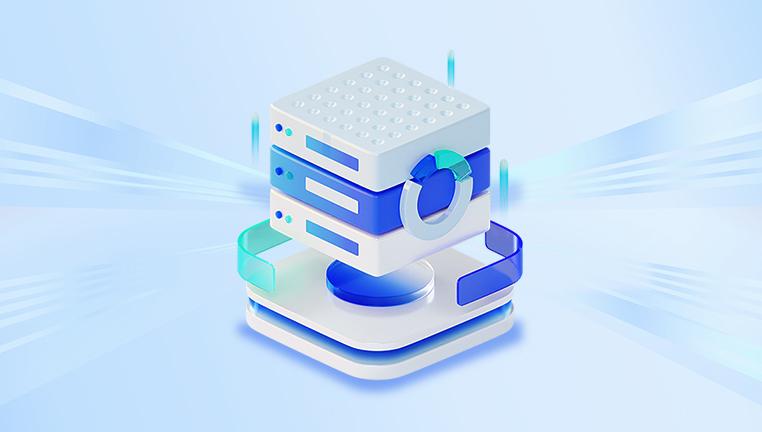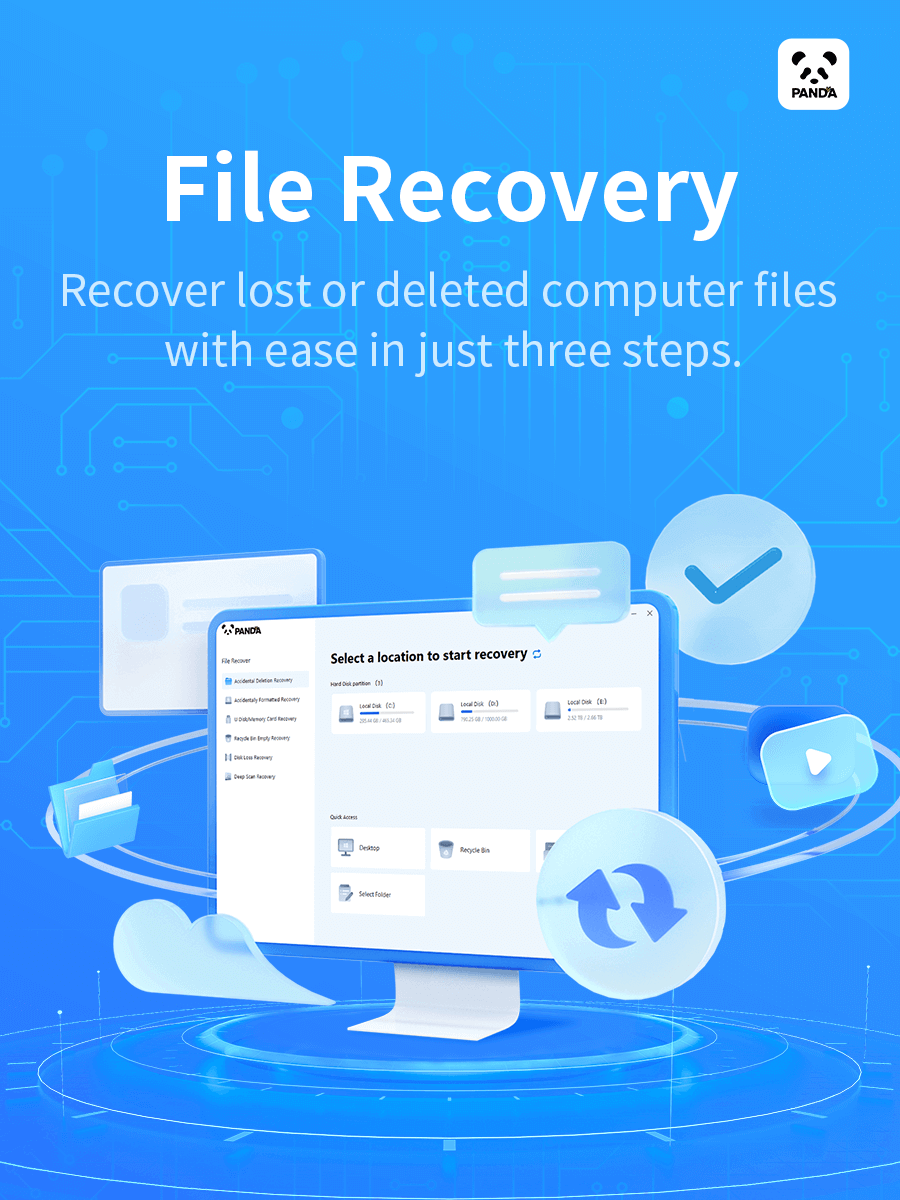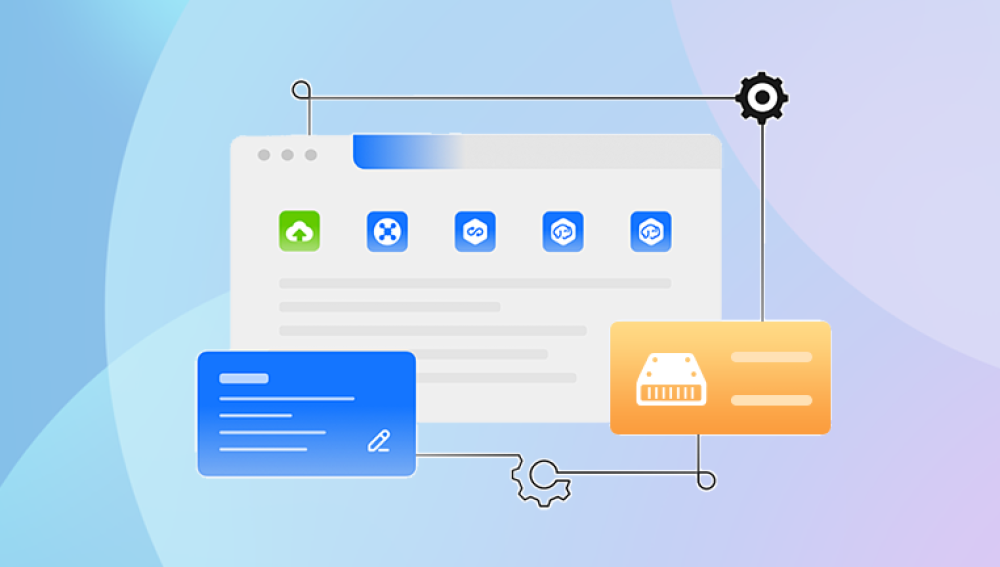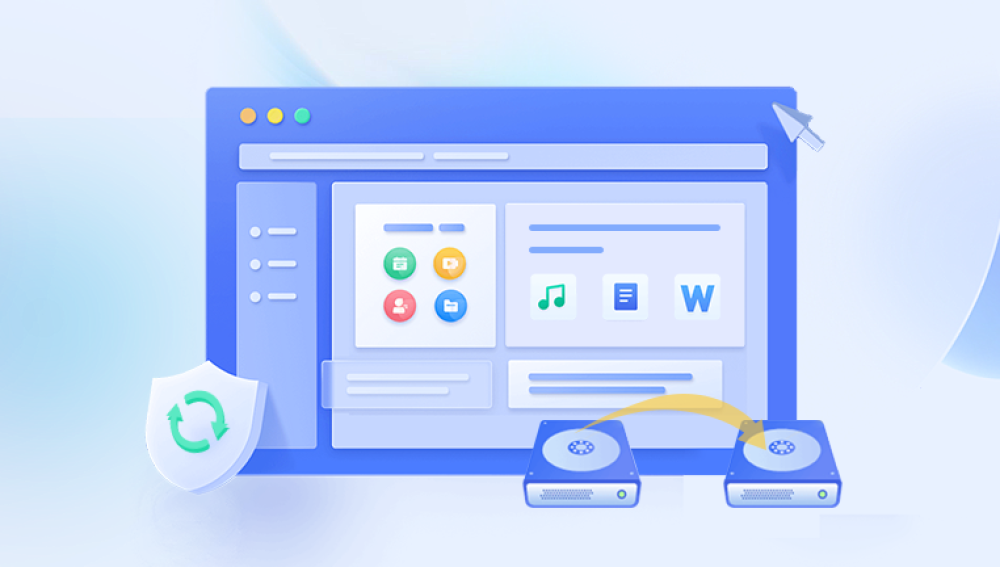Formatting an external hard drive is a process that, under normal circumstances, should not take an inordinate amount of time. However, many users have encountered the issue of their external hard drives taking too long to format. This can be a frustrating experience, especially when you need to use the drive urgently.
1. Formatting an external hard drive
Formatting an external hard drive is a common operation that users perform for various reasons, such as preparing the drive for a new use, erasing data, or fixing file system errors. It is supposed to be a relatively quick process, but when it takes an unusually long time, it can disrupt your workflow and raise concerns about the health of your drive. Understanding the causes behind this issue is the first step in finding an effective solution.

2. Common Causes of Slow Formatting
Large Capacity of the Drive
Explanation: The larger the capacity of the external hard drive, the longer it generally takes to format. This is because there is more storage space that needs to be initialized and prepared for data storage. For example, formatting a 4TB hard drive will typically take longer than formatting a 500GB drive. The formatting process involves writing new file system information to every sector of the drive, and with a larger drive, there are many more sectors to process.
Impact: Users with high-capacity drives should expect a longer formatting time, but if the time extends far beyond what is reasonable for the drive's capacity, there may be other underlying issues.
Outdated or Incompatible Drivers
Explanation: The drivers that allow your computer to communicate with the external hard drive play a crucial role. If the drivers are outdated, corrupted, or incompatible with your operating system, it can lead to communication problems and slow down the formatting process. For instance, if you have recently updated your computer's operating system but have not updated the drivers for your external hard drive, there may be conflicts that cause delays.
Impact: The computer may struggle to send and receive data from the drive properly, resulting in a much longer formatting time or even errors during the process.
File System Errors
Explanation: Existing file system errors on the external hard drive can significantly impede the formatting process. These errors can occur due to improper ejection of the drive, power outages while the drive is in use, or software glitches. When the formatting process encounters these errors, it may have to spend extra time trying to correct or work around them.
Impact: The formatting may take much longer than usual, and in some cases, it may not complete successfully, leaving the drive in an unusable state.
Bad Sectors on the Drive
Explanation: Bad sectors are areas on the hard drive that are physically damaged or have errors. They can be caused by various factors, including mechanical issues, magnetic interference, or wear and tear. When the formatting process reaches a bad sector, it has to spend time trying to read and write to that sector, which can slow down the entire process.
Impact: In addition to slow formatting, bad sectors can lead to data loss and reduced drive performance over time. If left unaddressed, they can cause further problems with data storage and retrieval.
Insufficient System Resources
Explanation: Formatting an external hard drive requires a certain amount of system resources, such as CPU processing power, memory (RAM), and disk I/O. If your computer is running multiple other programs or processes simultaneously, it may not have enough resources to allocate to the formatting task, resulting in a slower process.
Impact: The formatting speed will be significantly affected, and it may take much longer to complete. In some cases, the computer may even become unresponsive or the formatting process may fail due to lack of resources.
Connectivity Issues
Explanation: The connection between your computer and the external hard drive can also impact the formatting time. Loose or damaged cables, faulty USB ports, or wireless connection problems (if using a wireless external drive) can cause data transfer to be slow and unreliable.
Impact: The formatting process may stall or take much longer than expected as data is transferred slowly between the computer and the drive. This can also lead to errors and incomplete formatting.
3. Solutions to Speed Up Formatting
Check and Update Drivers
For Windows: Open the Device Manager by pressing the Windows key + X and selecting "Device Manager." Locate the external hard drive under "Disk drives" or "Universal Serial Bus controllers." Right-click on the drive and select "Update driver." Follow the on-screen instructions to search for and install the latest drivers.
For Mac: Go to the Apple menu and select "System Preferences." Click on "Software Update" to check for any available driver updates for your external hard drive. If updates are found, click "Install" to update the drivers.
Scan for and Repair File System Errors
For Windows: Open File Explorer, right-click on the external hard drive, and select "Properties." In the Properties window, go to the "Tools" tab and click "Check" under "Error checking." This will scan the drive for errors and attempt to repair them.
For Mac: Open Disk Utility (you can find it in the Applications > Utilities folder). Select the external hard drive in the sidebar and click "First Aid" to scan for and repair any file system errors.
Check for Bad Sectors
For Windows: You can use the built-in CHKDSK utility. Open the Command Prompt as an administrator and type "chkdsk X: /f /r" (replace X with the drive letter of your external hard drive). This will check for bad sectors and attempt to repair them.
For Mac: Disk Utility can also check for bad sectors. In Disk Utility, select the external hard drive and click "Verify Disk" or "Repair Disk" to check for and fix any bad sectors.
Free Up System Resources
For Windows: Close any unnecessary programs and processes running in the background. You can use the Task Manager (press Ctrl + Shift + Esc) to end any programs that you don't need at the moment.
For Mac: Quit any applications that you're not using by clicking on the application in the menu bar and selecting "Quit." You can also use Activity Monitor (found in Applications > Utilities) to see which processes are using the most resources and close any that are not essential.
Check Connectivity
Inspect the cable connecting the external hard drive to your computer for any signs of damage or wear. If possible, try using a different cable.
Try connecting the external hard drive to a different USB port on your computer. If you're using a wireless external drive, make sure the wireless connection is stable and try reconnecting if necessary.
4. When to Seek Professional Help
If after trying the above solutions, your external hard drive still takes too long to format or you encounter other issues such as the drive not being recognized at all, it may be time to seek professional help. Professional data recovery services or computer repair technicians have the tools and expertise to diagnose and fix more complex problems with external hard drives. They can also recover data from the drive if it is at risk of being lost due to formatting issues or other problems.
5. Preventing Future Formatting Issues
Proper Ejection: Always eject the external hard drive properly before unplugging it. On Windows, click the Safely Remove Hardware icon in the taskbar and select the drive to eject. On Mac, click the eject button next to the drive in the Finder.
Regular Maintenance: Perform regular disk checks and maintenance on your external hard drive to catch and fix any potential problems early.
Keep Drivers Updated: Stay updated with the latest drivers for your external hard drive and your computer's operating system to ensure optimal performance and compatibility.
Handle with Care: Avoid dropping or exposing the external hard drive to physical shocks, extreme temperatures, and magnetic fields, as these can cause damage to the drive and lead to formatting and other issues.




